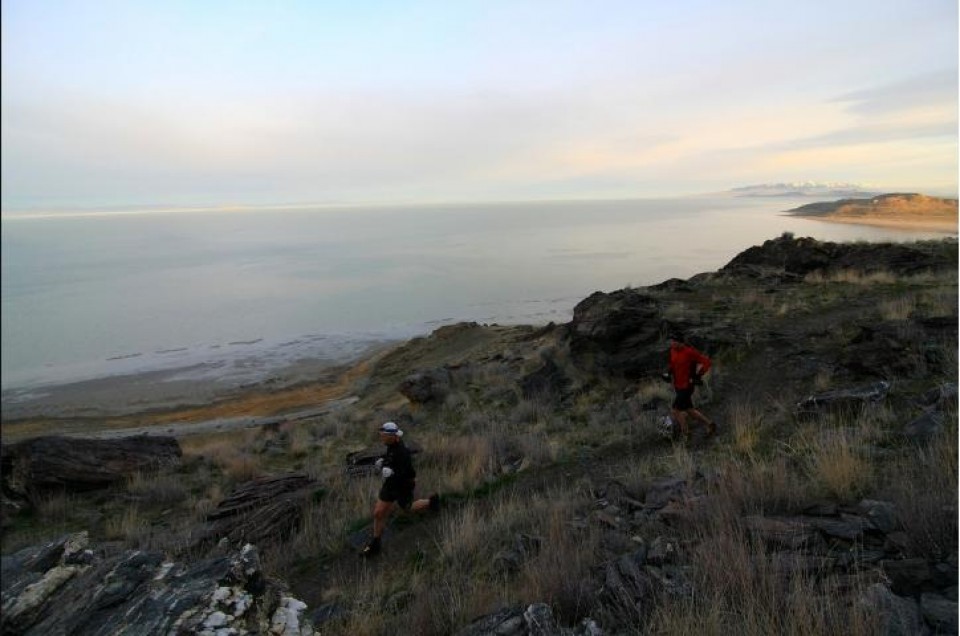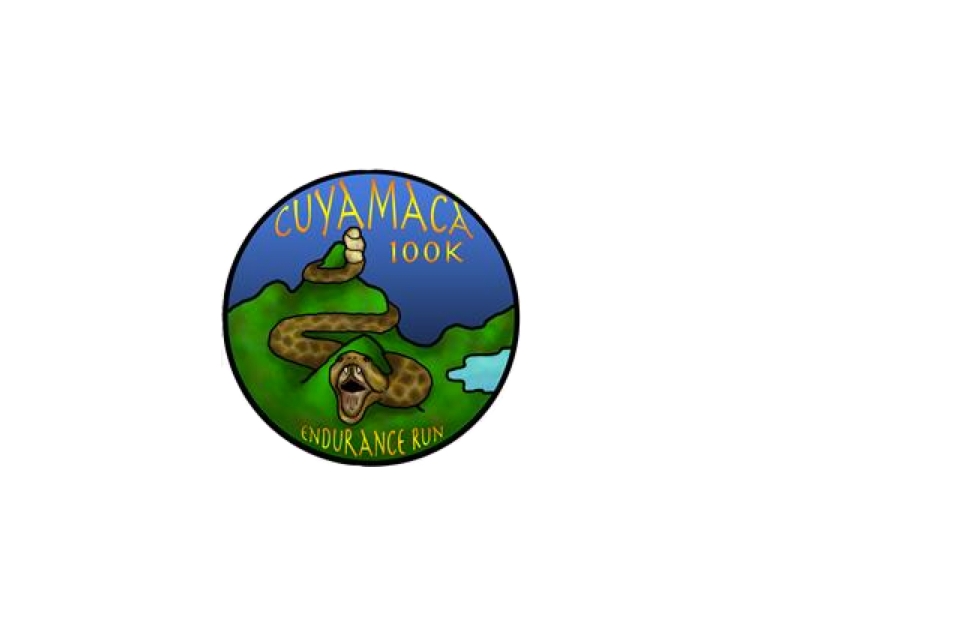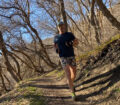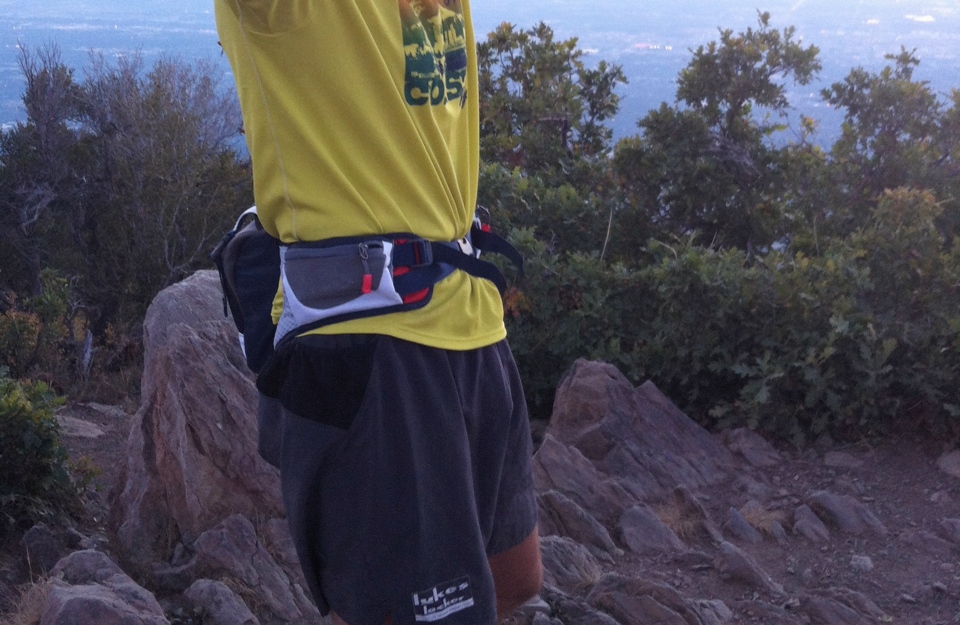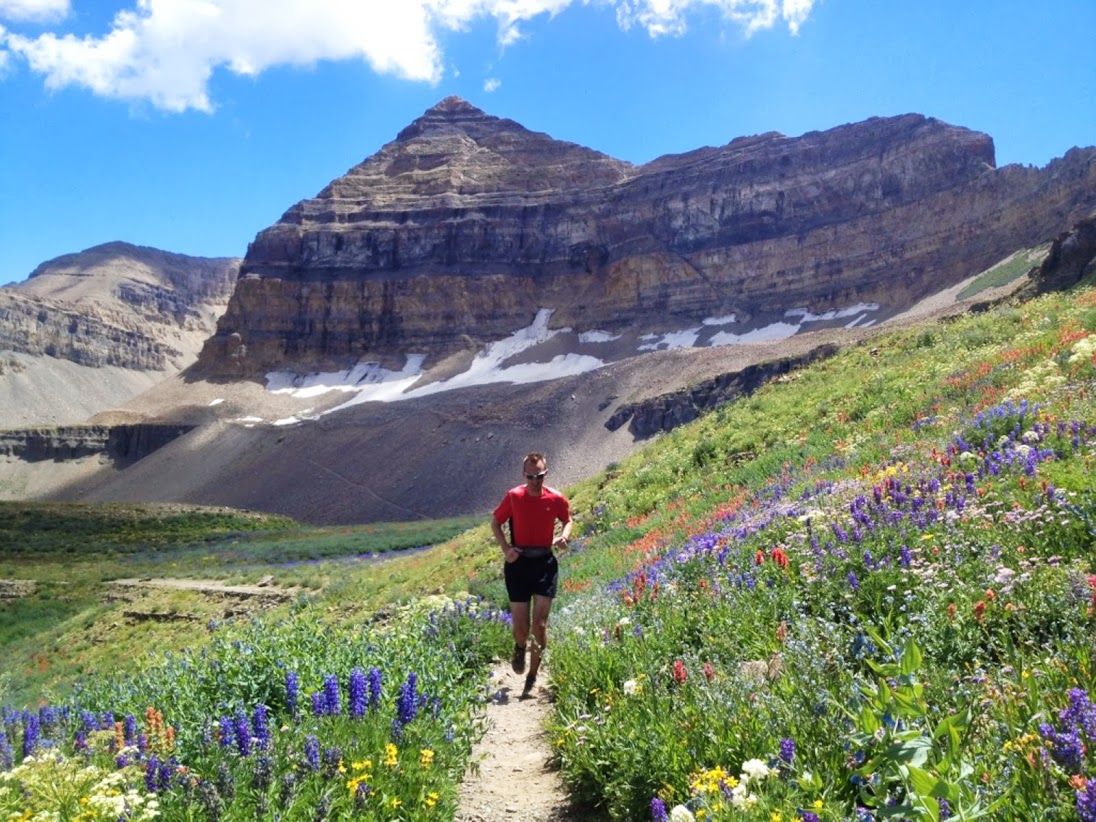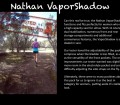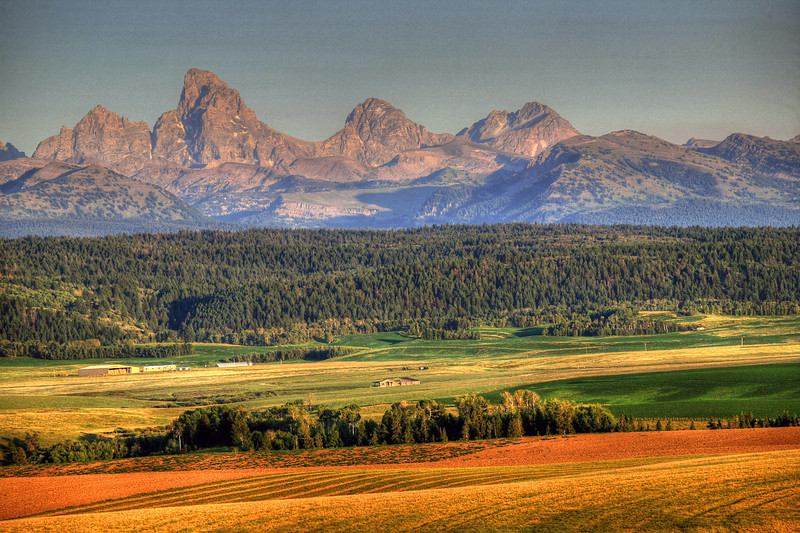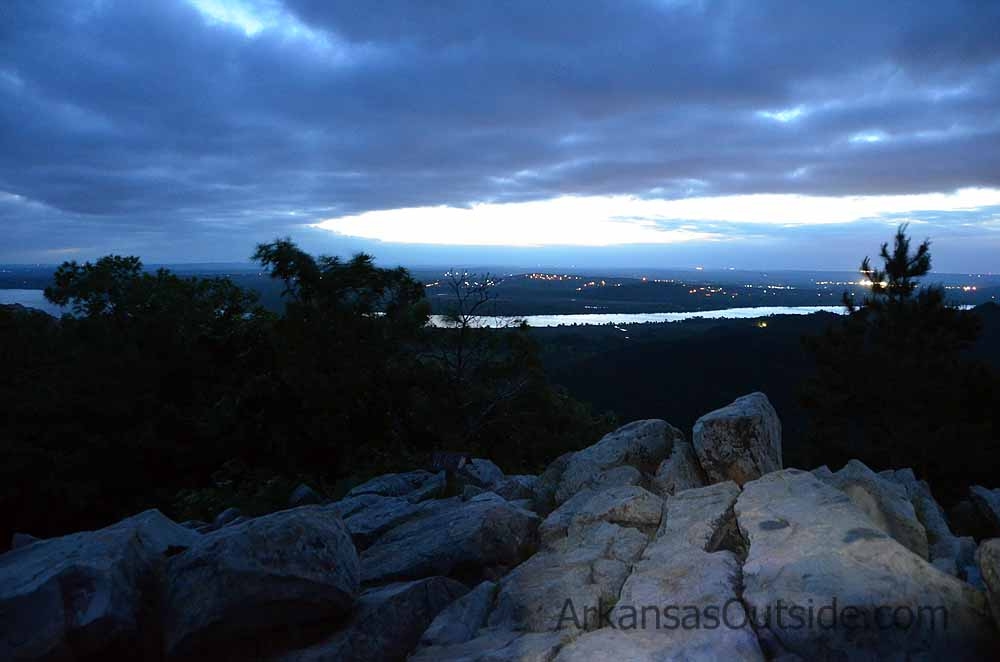When registration for the brand new Cuyamaca 100K opened up in Southern California, it almost immediately sold out. Cuyamaca is currently the only 100K in the area (there used to be another one that ran for two years), and its success was no surprise. This is an attractive distance for those looking to train for upcoming 100 milers, as well as anyone looking for an amazing trail challenge past the 50-miler.
I personally wanted to use it as a training run for the Chimera 100 Miler in November. I know that I can run up to 50 miles fairly “comfortably”, but anything further than that I struggle with. This 100K would give me the rare opportunity to push myself through the mental funk and physical issues that start setting in past 50 miles.
The Race Directors
Race Directors Scott Mills and Scott Crellin took on the challenge of this event. Highly experienced and well known in the ultra community, they brought a certain authority and peace of mind to this event. We knew that it would be a good one. Some of the other races under their belt of experience include Noble Canyon 50K and San Diego 100, both very well executed events.
Unlike your typical inaugural race where you’re not sure what might go wrong (and something always does), I put a lot of confidence in both the Scotts, and knew that this race would be one to remember. They knew the area, they know how to mark a course, and they had a small army of experienced volunteers and aid station workers at their disposal.
The Aid Stations
Many races live or die by the quality of their aid stations, and this is especially true for ultra marathons. There is nothing that ruins a race faster for me than a sloppy aid station, or inattentive workers when you’re starting to feel sluggish and hazy in those final miles.
I wasn’t particularly surprised, but still thrilled, to find that each aid station I came through worked flawlessly. Volunteers were right there to record my bib number as soon as a I came in, many of them greeting me by name. My water bottles were filled extremely fast, my head was soaked with ice water, and there was a great spread of food. I was in and out in record time at every aid station.
When I most needed motivation, I was surprised to find several familiar faces like Paul and JL, who took great care of me as I passed through. Paul and friends kept me moving at the final aid station, after I plopped on a chair upon a arrival. Without their gentle prodding, I might still be sitting there right now.
The Course
This race consisted of three different loops that met up at one central Start/Finish location. Think: three-leaf clover. Very limited parts of the course were repeated, and it incorporated all of the best views in the area.
I was pleased and inspired by the trails that were chosen to be part of this course, and it showed in my performance. I can’t count the number of times that I looked up at the views from these trails while running, and just smiled. It was a constant reminder of how lucky I was to be out here.
The first loop of the course was 31.5 miles, the second loop was 12.6 miles, and the final loop was 18.3. The first loop incorporated the hardest climb (Cuyamaca Peak at 6,500 feet), and the good news was that by the time you came back, you were halfway done.
The second loop looked easy on paper, at less than a half marathon distance. But it incorporated a bit of climbing as well, and was misleadingly difficult. The final loop was the most runnable, if you’ve still got your running legs after several miles of climbing and descents. The climbs were challenging and steep enough to grind your legs up if you’re not preserving them.
The Markings
My biggest fear for any race is poor course markings, since I’m prone to getting lost. I was pleasantly surprised at how well this course was marked, and had absolutely no problems finding my way, even in the dark.
Each loop was marked with a different color to avoid confusion, and on every loop the runners were given a bracelet with the corresponding color of the loop they should be following. If you see a marker, just check your wrist to make sure you’re following the right loop. I though this was absolute genius, especially since after several miles my brains tends to get hazy.
Besides the brightly colored ribbons (which were generously dispersed), there were further markings with chalk on the ground. There were arrows everywhere marking the ground, as well as signage at many turns indicating directions for each loop, again following the color scheme. The chalk also blocked off several “wrong turn” trails. If that weren’t enough, there were volunteer marshals at major turns, making sure the runners went the right way. I was impressed, and didn’t doubt my direction even once.
The Pacing
The runners were allowed pacers on the last loop, which was run in the dark for the majority of us. This was a perfect time for pacers, and although I didn’t have one lined up, Jeff Coon took me out on the last bit of the course after volunteering all morning. I was grateful for his company. He kept me moving, eating, and running more than I would have on my own.
The Parking and The Dogs
Now that Shacky and I drive an RV, we are a little unfamiliar with RV etiquette for races. We have an additional complication since we have a dog in the RV that lives there and can’t be left at “home”. There are no dogs allowed at all on the Cuyamaca trails (park rule), but we wanted to make sure we had a spot to park the small Rialta RV, as well as a little corner where Ginger could discreetly pee.
We emailed Scott C. and his response was quick and very reasonable. He only asked that we keep the dog away from runners and aid stations, and keep her leashed when she does go out. Then he gave us a great spot to park the RV, not far from the race start.
There was a big field behind us where Shacky would let Ginger out to do her business, and play ball with her a few times. The rest of the time, she stayed in the RV while Shacky worked the aid station, and nobody saw her on race day. We were very comfortable and pleased with the arrangement. Mama Cat (yes, we have a cat too) had a blast sitting near the rear view window, watching the wild turkeys waddle by outside.
One of the things that seriously annoys me is when we email a race director to see if Ginger is allowed in the vicinity to come and watch one of us finish (leashed, and with one of us at all times), and we are told she is not allowed to come, only to get to the event and find it crawling with other dogs. So when two unleashed dogs showed up to hang out near the start/finish line and were politely asked to leave, I was pleased to see some fairness there.
The Results
The course record was set by Fabrice Hardel at 9:43. Second place was Brian Peterson at 9:51. Third, Dean Dobberteen at 9:58.
The top three women were Ashley Nordell (11:08), Tracy Bowling (11:42), and Tarrah Harnden (13:03). So many strong runners showed up at this race, and it was inspiring to see them all.
I finished in 15:42, which I’m very happy with. I ran most of the first and second loops, and power hiked a lot of the third loop. I will say that I have never power hiked faster than I did parts of that last loop, often matching my running pace that late in the race. A few times, my pacer was jogging to keep up with my insane hiking. And then near the end I was down to just walking. I did manage to run in to the finish, although I was digging deep in the last three to four miles. I felt like my performance was strong, and I ran intelligently. I’m very proud of myself.
I strongly recommend this race for anyone aspiring to finish a challenging trail 100K. Just make sure you sign up early, because it’s bound to sell out quickly again.

